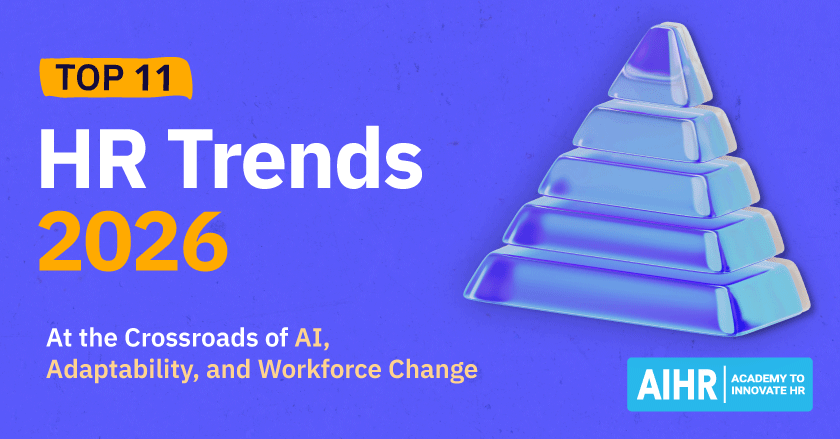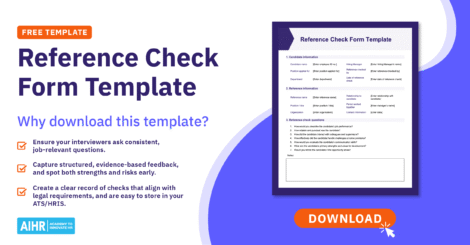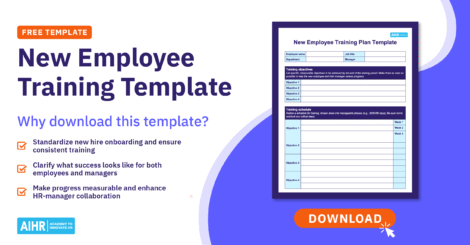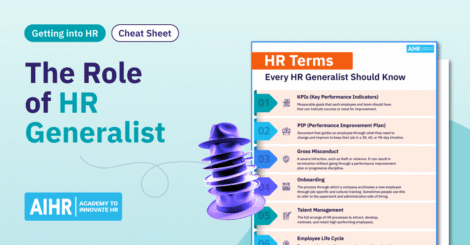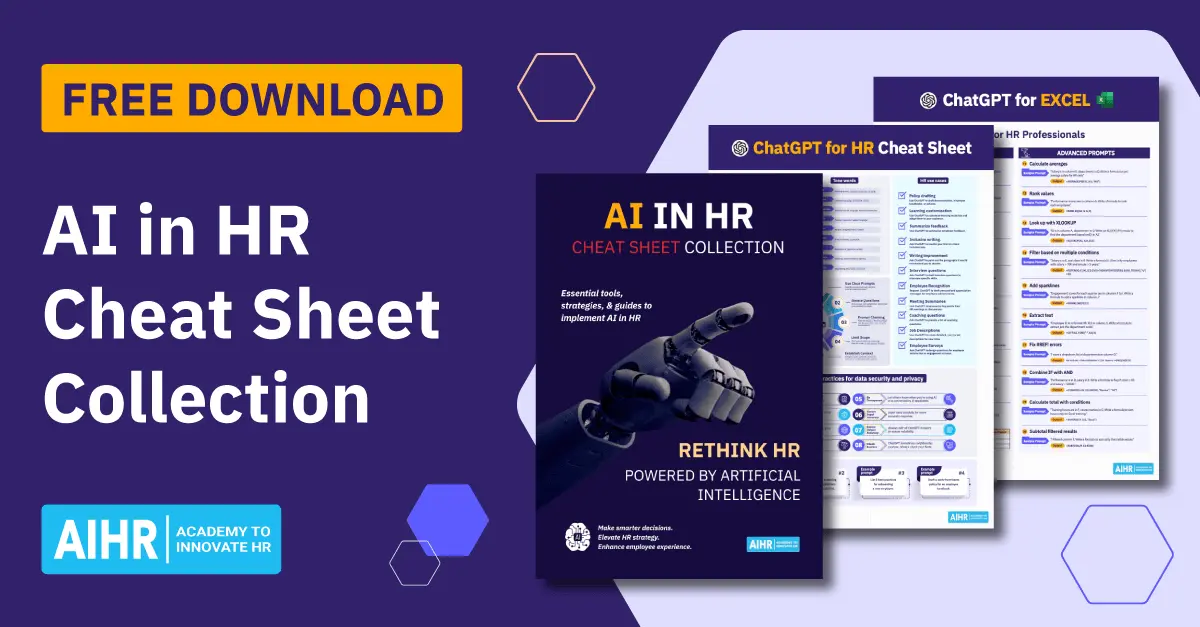Recent employee onboarding statistics show that the onboarding process can make or break an employee’s experience at an organization. They paint a picture of the latest onboarding trends, delivery methods, employee satisfaction levels, what works (and what doesn’t), the effectiveness of onboarding programs, and much more.
This article will look at various recent onboarding and retention statistics, uncovering trends, challenges, and opportunities in onboarding. Let’s dive in!
Contents
The current state of employee onboarding
Preboarding statistics
The onboarding process statistics
Employee onboarding and AI statistics
The current state of employee onboarding
Employee onboarding is a crucial stage of a new hire’s journey with the company and lays the foundation for the employee-employer relationship. When done well, onboarding positively impacts performance, job satisfaction, and retention.
- 86% of new hires decide how long they will stay with a company in the first six months. (Enboarder)
This highlights how much the onboarding experience shapes future retention. When onboarding is structured and engaging, new hires are more likely to see a long-term future with the company.
- Four in five workers say they’d stay longer in a role with a better onboarding process. (InsightGlobal)
Beyond retention, great onboarding helps people understand how they can succeed and feel they belong. That early sense of connection often matters more than any first-month checklist.
- 43% of employees say their onboarding journey exceeded their expectations. (Qualtrics)
A recent Qualtrics report found that employees rated their onboarding journey as one of their most positive experiences in an organization: for 43% of them, it exceeded their expectations (vs. 22% for the candidate journey, and 28% for the exit experience). Only 15% rated their onboarding experience as below expectations.
- 82% of employees received a documented learning path. (APQC)
Most employees said they learned everything they needed to know to perform in their new role. More than 8 in 10 of them got a structured onboarding training plan, including a documented learning path, and 53% of new hires also said they learned 100% of their new role before they were allowed to perform it.
HR tip
A 30-60-90 day plan template is a document that provides structure and direction for both new employees and their managers. It outlines an employee’s goals for the first 3 months, aligns their work with the organization’s goals, and sets clear expectations.
- Hybrid onboarding leads to the highest satisfaction: 75%. (TalentLMS and BambooHR)
There are various ways in which companies can decide to deliver their onboarding: in-person, remote, or hybrid. Hybrid onboarding combines in-person and digital elements and, according to a 2025 research report by TalentLMS and BambooHR, clearly outperforms the other two onboarding formats:- 75% of hybridly onboarded employees were satisfied with their experience (vs. 73% and 71% for in-person and remote onboarding).
- 73% of those who received a hybrid onboarding felt it accelerated their ability to perform in their role (vs. 69% and 61% respectively for the other formats).
- 74% of employees who were onboarded hybridly said it felt like the beginning of a continuous learning journey (vs. 63% and 60%).
- 63% of employees whose onboarding was remote said it provided them with what they needed to succeed in their role. (TalentLMS and BambooHR)
The remote onboarding format performs less well than the other two types of onboarding: 63% of satisfied employees vs. 67% for in-person and 72% for hybrid. While this is understandable, as remote onboarding has only gotten more common over the past few years, there is clearly room for improvement.
HR tip
Remote onboarding comes with various challenges like creating a sense of belonging in a virtual setting, keeping communication consistent, and making sure every new hire gets the same quality experience. To successfully welcome, onboard, and retain your new remote employees, you can check out our actionable guide for remote onboarding and download the free checklist that comes with it.
- 42.5% of HR professionals agree that HR or the People Ops team is responsible for onboarding. (Enboarder)
Who is ultimately responsible for the onboarding of new hires? Most respondents of a recent survey by Enboarder believe it’s HR or the people operations team (42.5%). However, this group is closely followed by those who view onboarding as a shared responsibility between HR, managers, or team members (32.7%).
Another interesting finding was that in organizations with more than 10,000 employees, HR leaders also see onboarding as a cross-functional responsibility.
Lead HR processes with impact
A smooth onboarding process is essential, but it’s only one part of a much bigger picture. To deliver real value across the employee life cycle, HR professionals need the skills to lead every stage with clarity, strategy, and confidence.
From operations to strategy, AIHR Full Academy Access helps you build future-ready skills to lead in modern HR. You’ll get:
✅ Unlimited access to all HR certificate programs, including new releases
✅ Self-paced learning you can tailor to your career goals
✅ Practical, expert-led training that applies across every HR domain
✅ Digital HR certificates to showcase your expertise
🎓 Learn to drive impact at every stage of the employee journey with your organization.
Preboarding statistics
Preboarding refers to the period between the moment when a candidate signs the employment contract and their first day on the job. An effective preboarding process keeps new hires engaged and excited to start and sets companies up for successful onboarding.
- 65% of employees receive some preboarding. (Enboarder)
Enboarder’s research proves that onboarding no longer starts on the first day. Many companies now use preboarding to welcome new hires early, with roughly two-thirds offering activities or communication before they even begin.
- 93% of employees who had an early start described their onboarding experience as ‘over the moon.’ (Enboarder)
The same report shows that those employees who began their onboarding process before day one had a significantly better experience than those who didn’t. 80% of the most satisfied employees said an early start made a real difference, underscoring the impact of preboarding on first impressions.
- 84% of new hires found pre- and post-day one communications beneficial. (Enboarder)
When asked what helped them build relationships at work, many new hires pointed to the communication that happened before and just after their first day. Early emails and welcome messages stood out as especially effective in helping them connect with colleagues.
HR tip
It’s important to make new hires feel welcome before, on, and after their first day. A meaningful message from their future coworkers during preboarding can significantly impact how new hires feel about their decision to join the company. Our article ‘Welcome to the team’ provides welcome message examples, practical tips, and best practices.
The onboarding process
The onboarding process sets the pace for how quickly new hires feel confident, productive, and engaged. Its goal is to turn first impressions into lasting commitments, and organizations must get it right.
- 49.4% of HR leaders say the handoff process between recruiting, HR, and hiring managers is adequate. (Enboarder)
This employee onboarding statistic suggests that many organizations have some structure in place, but their processes aren’t yet seamless. Put simply, there’s plenty of room to improve consistency and accountability.
- 28.8% of HR leaders are disappointed with hiring managers. (Enboarder)
Almost a third of HR leaders report they have seen hiring managers who didn’t provide their new team members any guidance. When managers don’t take ownership of this stage, new hires often miss the personal support that helps them integrate and perform quickly.
- When managers are actively involved in the onboarding process, new hires are 3.4 times more likely to describe their experience as exceptional. (Gallup)
On the other hand, when managers are actively involved in onboarding new team members, it immediately shows. Research by Gallup found that an employee’s perception of how effective an onboarding program is depends on how actively they see their manager involved in the process.
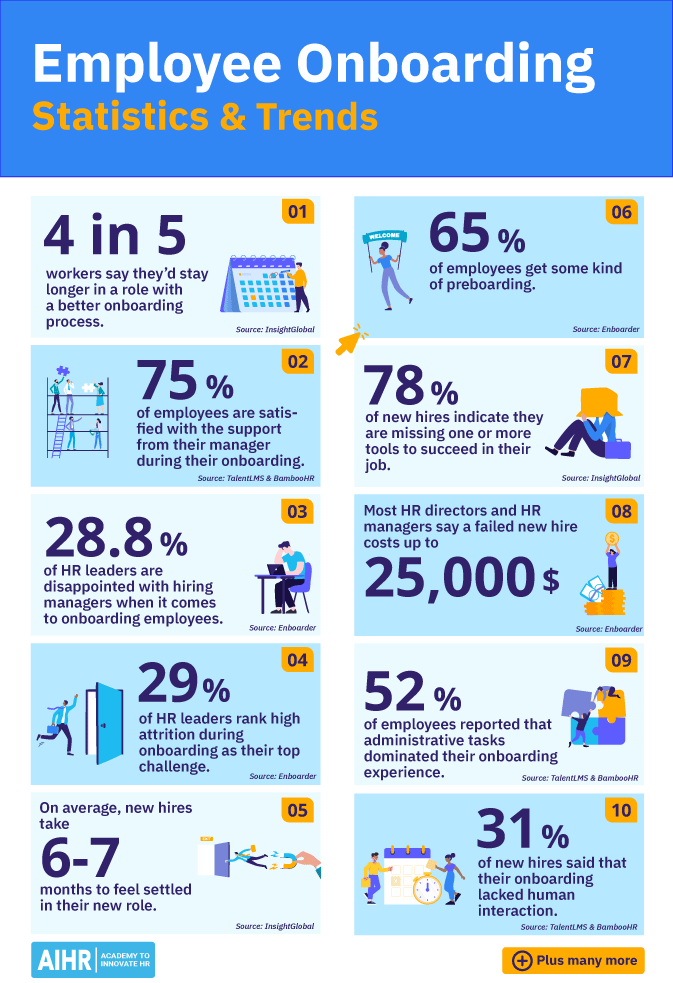
- 75% of employees are satisfied with the support they received from their manager during onboarding. (TalentLMS and BambooHR)
Not only are 3 in 4 new hires satisfied with the support they got from their manager, 67% of them are also content with the support they received from HR during onboarding. The data suggests that successful onboarding relies on teamwork between managers and HR. When both stay engaged, new hires get the balance of personal guidance and structured support they need to succeed.
- On average, new hires take 6 to 7 months to feel settled in their new role. (InsightGlobal)
The traditional goal of onboarding employees is to get new hires fully operational as quickly as possible. What ‘quickly’ means will differ for each role and person and (partially) depends on the effectiveness of the company’s onboarding process, but averages at around 6-7 months. According to InsightGlobal’s survey, while the first 30-90 days are critical to employee ramp-up, onboarding support must span beyond this period to help new hires feel fully integrated.
Also, 78% of workers indicate they are missing one or more tools to succeed in their job (e.g., knowledge libraries, productivity tools, general training, and necessary technologies). Organizations should view this as a signal to review their toolkits and make sure every employee has what they need to do their job effectively from day one.
- 65% of new employees received on-the-job training, making this the most used delivery format for onboarding training. (APQC)
Other frequently used delivery formats included online training videos (63%), process documentation (52%), online training classes/modules (43%), and peer-guided assistance (42%).
- More than half of employees (52%) reported that administrative tasks dominated their onboarding experience. (TalentLMS and BambooHR)
Instead of focusing on learning the job and building connections, many spent their early days buried in paperwork and systems setup, limiting how quickly they could contribute.
- 29% of HR leaders rank high attrition during onboarding as their top challenge. (Enboarder)
For many HR leaders, the biggest onboarding challenge is that many new hires leave the company during their onboarding. Enboarder’s 2025 HR Leader survey found that for 20.5% of respondents, half of their new employees leave during their first 90 days. For almost one-third of their respondents, it’s one in four new hires.
HR tip
There are many different ways to reduce unwanted turnover during the onboarding process. A few examples are preboarding your new employees, building an engaging onboarding process, and providing them with continuous support (also after they are fully onboarded). Check out our article to explore all the practical ways to reduce new hire turnover.
- 39% of new hires had to find out some of their responsibilities independently. (APQC)
When we look at some of the biggest onboarding challenges from the new hires’ perspective, we see that figuring out the full scope of their responsibilities on their own is a big one. The survey report from APQC shows that 39% of employees experienced this during their onboarding, followed by:- The training not covering all aspects of the job (25%)
- Not knowing how quickly they were expected to learn their role (24%).
- Most HR directors and HR managers say a failed new hire costs up to $25,000. (Enboarder)
When asked to estimate the cost of a failed new hire, most HR directors and HR managers believe it’s up to $25,000. However, most Chief People Officers and CHROs estimate it closer to $50,000.
- 29% of employees didn’t get the chance to provide feedback during onboarding. (TalentLMS and BambooHR)
Feedback is essential in making new hires feel heard and seen. It also enables organizations to improve their onboarding process continuously and, by extension, their satisfaction, engagement, and retention levels. Yet, almost one-third of employees weren’t given the opportunity to provide feedback during their onboarding.
HR tip
There are various ways to gather feedback from your new hires about their onboarding experience, including:
- Asking them a sample of our 35 new hire onboarding survey questions
- Sending out one or more employee pulse surveys at different times during their onboarding
- Encouraging hiring managers to ask their new team members for feedback during their one-on-ones with them.
Another moment to ask people what they thought of their onboarding is when they leave the company, in an exit interview, especially if they’re leaving within their first year.
- 31% of new hires said that their onboarding lacked human interaction. (TalentLMS and BambooHR)
When it comes to the support that people get from other people, other human beings, almost a third of new hires say that they missed the human connection during the onboarding process.
According to a TalentLMS and BambooHR report, different generations experienced this differently. For example, 41% of Gen Z said that onboarding lacked human interaction, compared to 33% of Millennials, 29% of Gen X, and 18% of Baby Boomers.
HR tip
A buddy system at work can be an excellent way to make new hires feel supported and welcomed into the company. It also improves the onboarding process, encourages casual learning (through socialization), accelerates the integration of employees into the organization’s culture, and improves retention.
- 22% of workers reported leaving a job within the first 90 days. (InsightGlobal)
60% of the new hires who quit within the first three months said they did so due to a lack of training or because the training they received was disorganized.
A well-structured onboarding program, including a custom training plan, is crucial for new hires to feel supported and confident in their new role. You can start building an effective onboarding process with these examples.
- 66% of new hires experienced one or more “Wow! moments” during onboarding. (Enboarder)
One of this list’s more positive onboarding stats shows that almost two-thirds of new hires had at least one experience that ‘made them feel valued as a person and super excited to be in the role,’ in other words, a ‘Wow!’ moment.
To increase the chances of providing new employees with one of these ‘Wow’ moments, begin by creating a thoughtful new employee orientation in close collaboration with the new hire’s hiring manager and team members.
Employee onboarding and AI
- 53% of employees say AI wasn’t used in their onboarding. (TalentLMS and BambooHR)
While applications of AI in HR are rapidly increasing, it hasn’t yet become standard practice in onboarding new hires. More than half of employees say it wasn’t used in their onboarding. Among those who did encounter elements of AI, 30% found it helpful, while 11% found it difficult to understand or use.
- During onboarding, 32% of employees relied more on AI than on asking another person. (TalentLMS and BambooHR)
Perhaps the perceived lack of human interaction during onboarding, which we mentioned above, is why almost a third of new hires (32%) say they relied more on AI tools to answer their questions than on their human colleagues.
- 52.7% of HR leaders wish their onboarding technology had more AI features. (Enboarder)
When asked what features they wish their onboarding technology had (more of), most HR leaders said AI features, followed by better automation capabilities (46.8%) and better integration with existing systems (45.6%).
When building or expanding your HR tech stack, remember to check if the integrations with potential new tools, features, or software are already available. If not, consider whether the vendor you are considering can build custom integrations for you.
- 60% of employees said they received no AI-related training during onboarding. (TalentLMS and BambooHR)
This shows that while organizations are adopting new technologies, many aren’t yet preparing new hires to use them effectively—a missed chance for HR to build confidence and digital capability from day one.
Key takeaways
A review of recent employee onboarding statistics reveals one thing clearly: onboarding remains a key factor in determining whether employees stay or leave. Organizations are increasingly recognizing how much onboarding shapes retention and engagement, yet many still face gaps in consistent employee experiences, training quality, and the use of technology. The growing recognition of onboarding’s importance is a promising sign, but turning that awareness into action remains the real opportunity.


